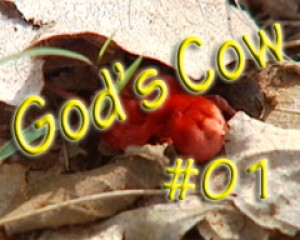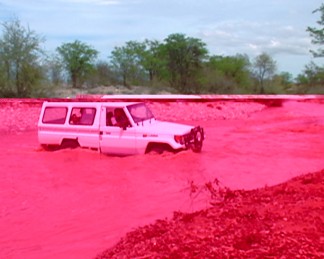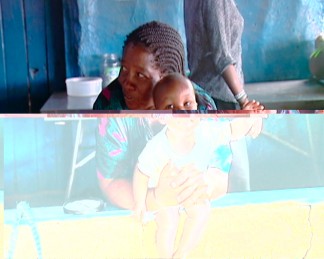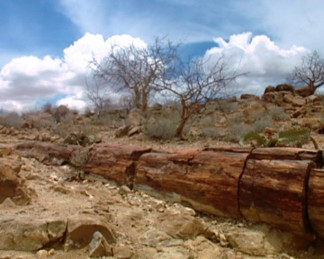#01 Where is Namibia?
Where is Namibia?
…and the Kunene region?
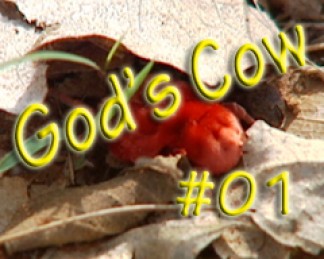
People often ask me this question if I talk about the Damara, Himba or Herero in Namibia’s Kunene region. Namibia, it is actually called “Republic of Namibia”, is located in southern Africa, between South Africa and Angola, the Atlantic Ocean and Botswana. There is also Zambia in the North, but this border is just a tiny bit. Windhoek is with about 300.000 people the capital of Namibia. The Kunene region touches the border to Angola. During the apartheid area the southern part was called Damaraland and the northern part Kaokoland. People still use these words. The Kunene River up to Ruacana separates Namibia from Angola, it’s a natural border. Most tourists love to see the breath taking Epupa falls here. I visited the Kunene region because mainly Damaras, Hereros and Himbas live in this remote location. I went there because I wanted to visit them.
[/tab]
Namibia tour packages
…or do it on your own
Many people come to Namibia because they would like to see the wild life, spend their time usually in Namibia’s lodges, book Namibia tour packages or do this Namibia 4×4 tours. Don’t take me wrong – this is all fine! You can enjoy this country in a most comfortable and relaxed manner. Namibia has plenty of thinks to offer. There is no proper street from Korixas to Opuwo. It’s mainly gravel road and frequently flooded during rainy season. If you like to go from Korixas to the Epupa falls you should use a 4×4. That’s how I did it. I also had Licias with me. He knows the Kunene region and some of their Languages very well. Between Korixas and Epuwo you can’t rely on properly working petrol stations. You can get captivated between to flash flood areas easily and sometimes it can take days before the water comes down. Therefore take plenty of water and petrol with you.Kohrixas is easily accessible and most journeys to the Kunene region start from here. Firstly, you need to follow the C39 towards Torra Bay. Then, you take the C43 to Opuwo and the Epupa falls. There are some villages and even lodges on the way. But many of them aren’t recorded on a map. About 50km west of Korixas you can see some petrified trees. It is believed that these trees originate from central Africa and were carried by the melting water of the ice age to Namibia.
God’s Cow or an alternative travel guide
I have called this documentary God’s Cow because during rainy season, that’s the time where I did the recordings, you can see this red Namibian spider. The local people call this animal “Rain Cow” or “God’s Cow” because of its two front legs, which look like the horns of a cow. Since I had seen this spider all the time I thought to call this documentary film “God’s Cow” too. This documentary film is about Damara, Himba and Herero in Namibia’s Kunene region – so it is about the people which live there. I spend 5 weeks in this area and camped by these local villages. During rainy season it can easily rain more than 100mm a day.
About 50km west of Korixas you can see some petrified trees. It is believed that these trees originate from central Africa and were carried by the melting water of the ice age to Namibia. These trees are about 260 million years old. Cortitis Pinia is the name of this tree shown on the screen capture, which is with 30 meters the longest tree in the park.

